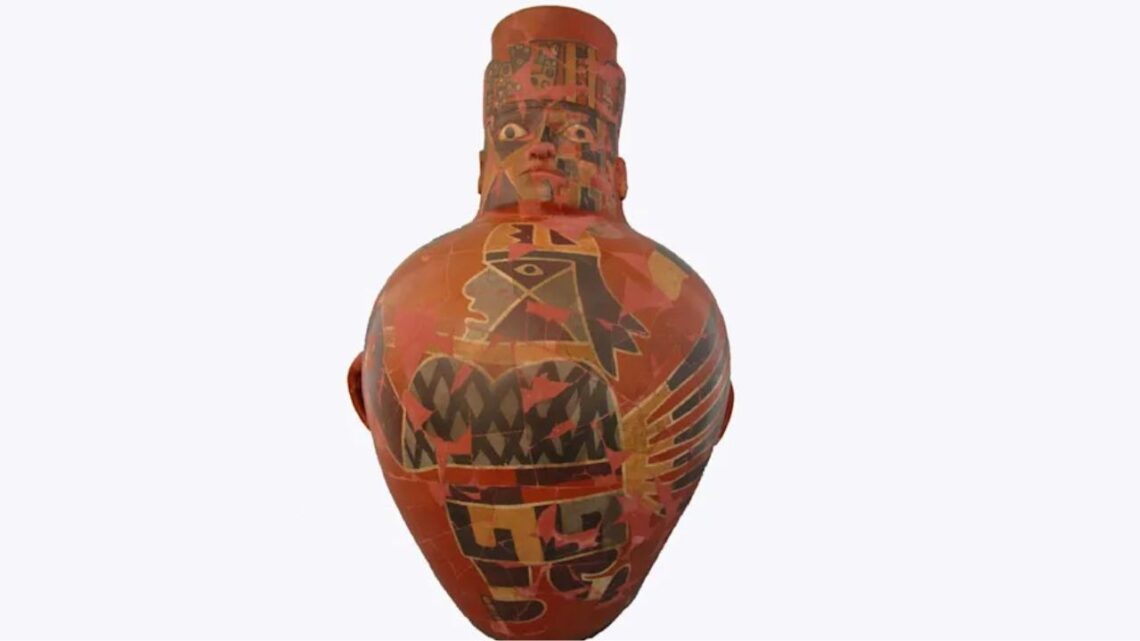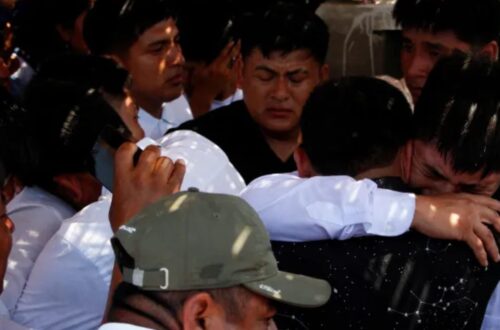The rise of the Wari civilization (c. A.D. 600–1000) in the central Andes has long fascinated archaeologists. Known for spectacular tombs, administrative cities, and far-flung influence, the Wari remain a puzzle in how they consolidated power.
A provocative new hypothesis suggests that psychedelic beer—beer laced with hallucinogenic agents—may have been a deliberate tool of political diplomacy, helping the Wari bind elites, woo outsiders, and reinforce allegiance across new territories.
This article dives deep into that theory, presenting the archaeological evidence, proposed mechanisms, debates, and the bigger implications for understanding power, ritual, and empire.
The Wari Civilization: Context & Power Structure
The Wari (sometimes spelled Huari) established one of the earliest state-level polities in the Andes. Some key facts:
| Attribute | Detail / Figure |
|---|---|
| Time Period | ~ A.D. 600 to ~1000 |
| Major Cities | Huari, Pikillaqta, Conchopata |
| Territorial Reach | Central Peru, Andean highlands, parts of Argentina & Chile |
| Cultural Traits | Mummified burials, human sacrifice, metallurgy, monumental architecture |
| Political Strategy | Administration through feasting, ritual, architecture, elite exchange, possibly chemical persuasion |
The Wari built large palatial complexes, administrative centers, and craft production hubs. They managed to exercise influence over remote valleys, sometimes without direct military conquest.
Scholars have looked for mechanisms beyond simple coercion: ideology, ritual, reciprocal feasting, and now, possibly psychedelics.
The Psychedelic Beer Hypothesis: What is It?
The central claim of the new study (published 6 October in La Revista de Arqueología Americana) is that Wari elites intentionally infused beer (or chicha / molle beer) with a psychoactive botanical—Anadenanthera colubrina (locally called vilca)—to produce a long-lasting “afterglow” (days to weeks) of increased empathy, openness, collective bonding.
They propose the following chain of logic:
- Archaeological remains of vilca seeds have been found near evidence of beer production (made from Schinus molle).
- The psychedelic agent (e.g. bufotenine or related compounds) in vilca can produce extended psychological aftereffects even after the core substance is excreted.
- When consumed communally in feasts, the shared altered state fosters empathy, social bonding, trust, collective memory.
- This psychological effect could be leveraged to smooth integration of new communities, reduce resistance, and legitimize Wari authority in social and emotional terms.
- Because vilca trees grew far from many Wari sites, only elites or leaders had access to them. Thus, the knowledge and provision of these potent feasts became a symbol of elite power.
Thus, the Wari may have used psychedelic ritual feasting as soft power strategy, not just military or economic means.
Archaeological Evidence & Feasting Context
1. Feasting Residues & Vilca Seeds
At Wari sites such as Quilcapampa, archaeologists have excavated remnants of large feasts: bones, botanical remains, ceramics. Near the brewing area, vilca seed remains were recovered, in proximity to beer residues derived from Schinus molle.
No smoking or snuffing apparatus was found, which may suggest oral dosing rather than inhalation.
2. Architectural & Social Setting of Feasts
Feasts appear to have been held within walled interior patios or enclosed spaces in elite compounds—areas designed for intimate, immersive gatherings. Guests would eat, drink, converse, pray—all in “cut-off” settings from the outside.
These feasts were likely ritualized, formal, and socially charged, not casual drinking events. The psychological impact of a shared altered state in that environment could be magnified.
It suggests that power in premodern societies was not only about coercion or economics, but about shared experience, alteration of mind, and collective memory.
The hypothesis that hallucinogenic beer powered Wari diplomacy is bold, speculative—but deeply intriguing.
Archaeological finds of vilca seeds, feasting residues, and elite ritual architecture combine to suggest Wari rulers may have intentionally engineered altered collective experience as a means of forging alliance, loyalty, and cohesion across their empire.
Whether or not every detail ultimately proves correct, the theory challenges us to reconsider how ritual, intoxication, and power intersected in ancient societies.
If supported by further chemical and archaeological work, the idea that psychedelic ritual feasting was a pillar of statecraft in the Andes could reshape modern theories of political formation, soft power, and the role of embodied experience in empire building.









